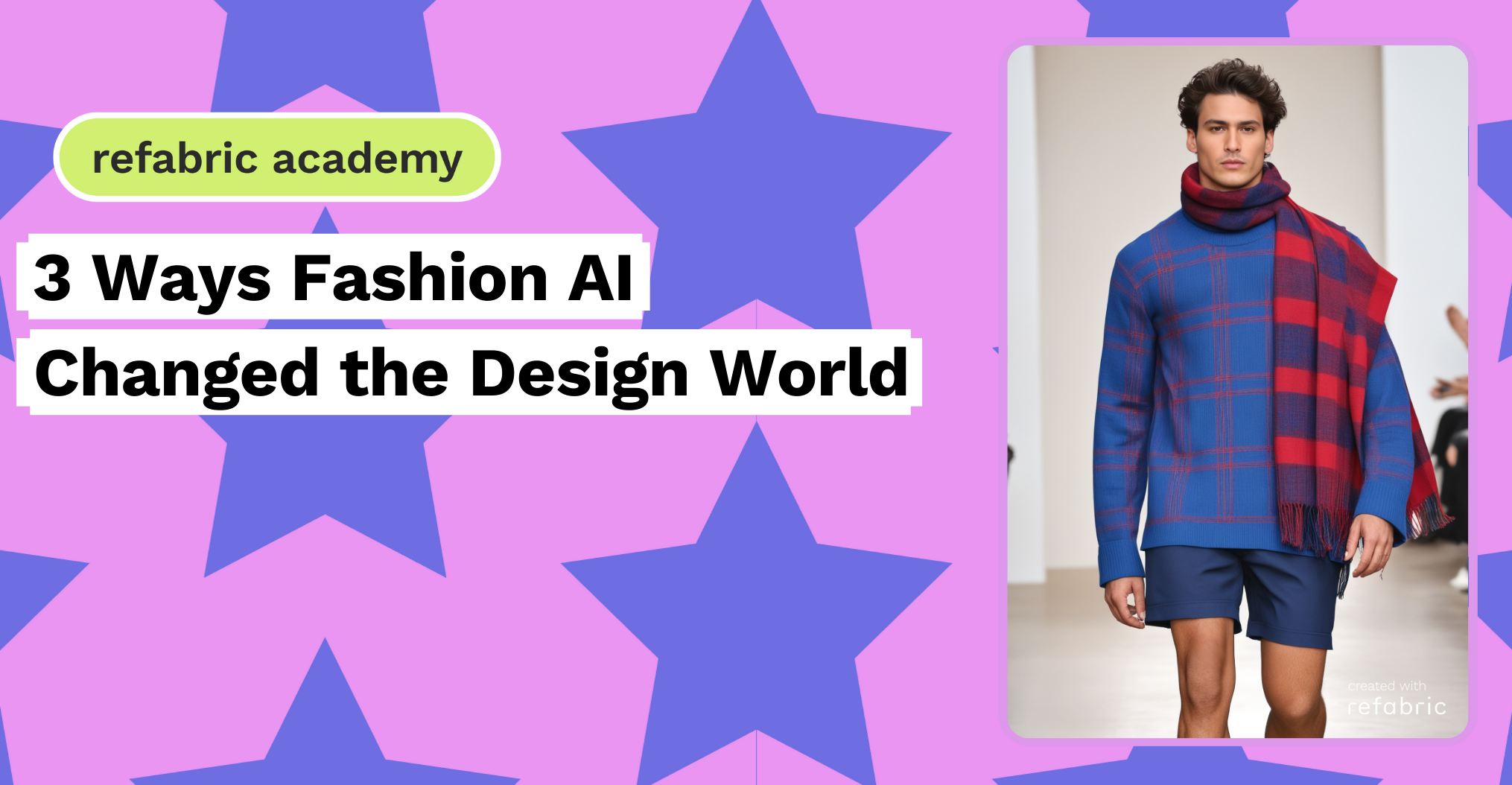Fashion AI is transforming industries with its significant impact, extending beyond the fashion sector to influence research, creative fields, and manufacturing. This wave of generative AI in the creative sector is reshaping the aesthetics of our era, ushering in a time of mixed patterns, cultural fusion, and abstract figures. We are currently experiencing an era of eclecticism—blending traditional elements with modern designs and embracing abstract forms. Below are three significant ways fashion AI has revolutionized the design world.
1. Postmodernist waves of AI art
Some say that all AI art looks the same. This is not true. According to Lev Manovich, a theorist of digital and AI cultures, there are only users who have different tastes and maybe different levels of AI literacy. Generative AI lacks a distinct aesthetic, much like pencils and oil paints. Naturally, you must have the necessary education and experience in a visual discipline as well as the drive to produce something unique and captivating. Only a small percentage of the tens of millions of visual AI users fall into this category. But still, why does it feel like all AI art has commonalities then?
Caroline Mimbs Nyce from Atlantic Magazine explains it this way: Most of the AI models create images with a technique called diffusion. Models are trained to introduce “noise” to pre-existing photos that are accompanied by textual descriptions. Apolinário Passos, a machine-learning art engineer at Hugging Face, a startup that creates its own open-source models, advised to think of it as TV static. Then, using tens of thousands, if not millions, of photos, the model is repeatedly trained to eliminate this noise. By repeating the process, the model gains the ability to de-noise an image. In the end, it can use this static to produce an original image. A simple prompt is all that is required.
So the process almost works like a distillery. Taking out the unnecessary parts of an image and creating a final image with synthesis. This creates a uniform texture in different parts of the image that by nature expected to look or accentuate differently but that hardly happens in AI art. This helps us still create realistic designs but also explore things in a more malleable way.
2. Fusion of Cultures Through Fashion AI
It is interesting to see how fashion AI interprets different cultures and even helps to preserve them, while putting its interpretation to it. With large datasets from different designs all around the world. Fashion AI helps us to see how cultures can intertwine and interact with each other in a freeing environment. It is democratizing the idea of cultural and traditional patterns but also supporting us in remembering our past to bring it more to the future.
3. Personalization and Emotional Design
Fashion AI also pushes the industry for a more emotional and personalized fashion philosophy. It aims to enhance the emotional engagement with clothing. Fashion AI can analyze personal data, such as consumer mood, preferences and even body measurements, to create hyper-personalized outfits. For example, a fashion AI tool can analyze mood patterns and create a dopamine-inducing outfit that will be suitable for the consumer’s taste.
With fashion AI, fashion brands can be useful to up the moods of the consumers and satisfy the emotional needs of the customers. Fashion is no longer about generic, one-size-fits-all garments; it’s about creating something personal and dynamic. Fashion AI design tools like those employed by brands today are already moving in this direction, offering consumers more choices in customizing their clothes—from the color of their sneakers to the embroidery on their jackets. The more fashion AI understands our preferences and feelings, the closer we are to a future where our wardrobe is as adaptive as our mood.
